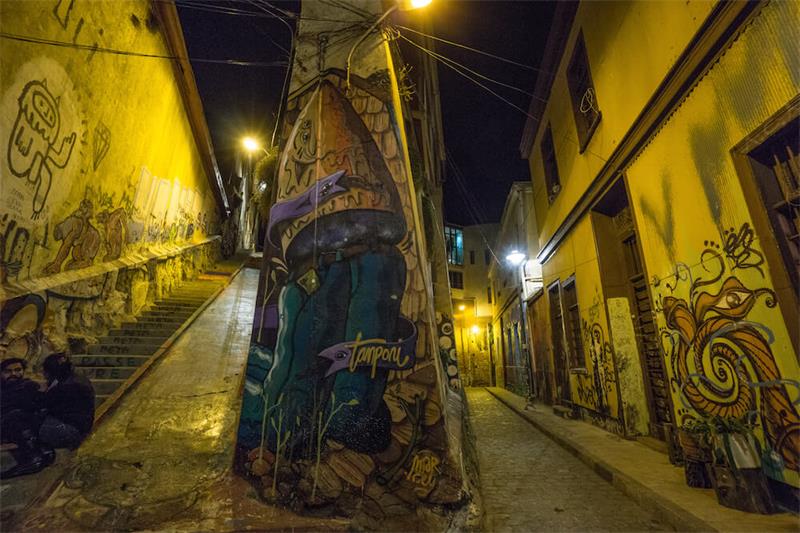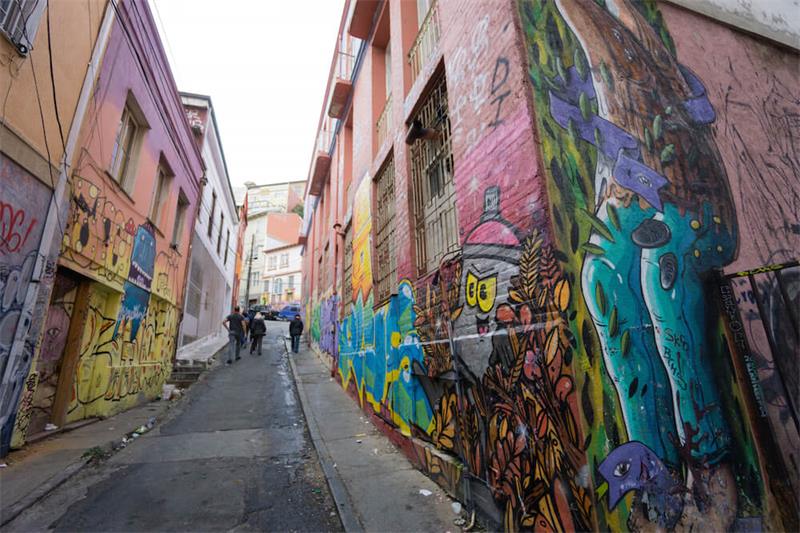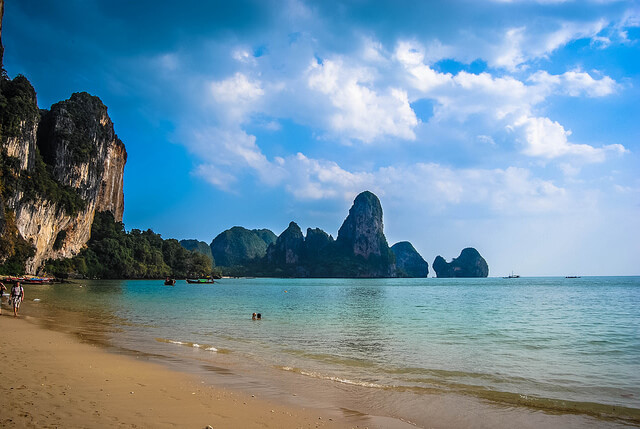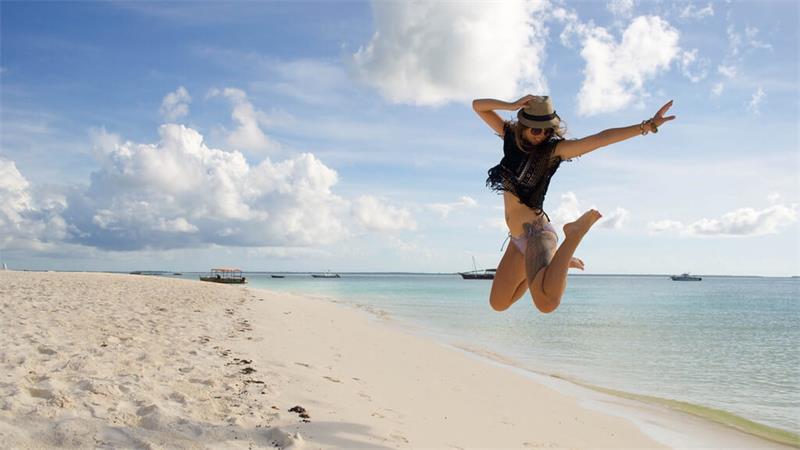
The mild wind makes my afternoon stroll down German Street in Valparaso, a port city on Chile’s coast, a bit more tolerable as I admire the colorful residences and the view of the ‘ocean.
Wherever you look, there are youngsters sketching on the pavements. I’m not sure whether it’s a class assignment or simply something they like doing, but either way, I enjoy it. They put their impressions and creative ability on paper by sketching the homes in their notebooks, most of which had murals throughout.
Valparaso is a vibrant city with small alleyways, spray-painted self-expression, and colorful residences on steep streets. There is something there to inspire youngsters, even this huge kid.
It’s art, not graffiti.
Later that day, solely out of curiosity, I round a corner after ascending a small concrete stairway and find myself in a type of labyrinth of sound and art as individuals perform music including a didgeridoo in the distance and paintings line the top to bottom of each wall. I think this is the coolest alley I’ve ever seen.
Suddenly, to my left, a voice enters my mind as a local beckons me inside his art gallery, where he gives me hot mate (mah-tay) tea as a friend’s offer. The gallery is more of a run-down room in an old home filled with amazing and inspirational sculptures and paintings. The roof is peeling and the floor is leaking, yet it has a million-dollar view and character. It’s clearly a hangout, and he tells me it also serves as a vegan restaurant throughout the day.

I can’t believe such a place exists. It has tall, narrow streets with tall, narrow residences and cable cars, and it reminds me of San Francisco in several aspects (which would make sense given its nickname is “little San Francisco”).
The whole historic quarter is a UNESCO World Heritage Site, and I have never seen so many murals in my life. I couldn’t discover an exact figure, but it’s probably in the tens of thousands of individual paintings, ranging from basic markers to massive and intricate murals.

The Valparaso graffiti culture originated as a method of protest against dictator Augusto Pinochet. Self-expression, including art and painting, was prohibited during the period. As the dictatorship ended, government authorities decided to allow street art, which blossomed throughout the city.
Why Valparaiso specifically? It requires a trip back in time.

Valparaiso was a major port city in Chile in the nineteenth century because it was on the route that linked the Atlantic and Pacific seas through the Strait of Magellan. The late-twentieth-century development of the Panama Canal caused economic loss in Valparaso as industry relocated, and wealthier Chileans departed for neighboring Via del Mar or Santiago, while artists and foreigners stayed.
Because of the city’s significant creative impact, street art started to grow throughout Valparaiso’s hills and lanes. The small lanes of Valparaso made it simple for painters to tag walls and make a short getaway, according to my guide on the free street art tour (highly recommended!).

Street art is not only encouraged, but also admired in modern-day Valparaso. Such art displays benefit both the artist and the owner of the inn, restaurant, or business. The artist is paid to paint a mural, and the hostel owner has a good, distinct brand image for his establishment. It’s a lovely interchange that you see in other places across the globe that are equally important for street art, and it’s great to live here as well.
While the city’s economy has never completely recovered (check your wallet when you go out! There are pickpockets everywhere, yet street art tourism keeps the city thriving these days.
The immensely amazing Inti Castro, Teo Doro, who is influenced by Van Gogh, Charquipunk, whose birds amazed me, and I even saw 1up tag, a street art team from Germany, show their work all over the city.

It’s the type of spot where a fellow painter and art enthusiast like myself may have retreated and stayed for a few more days, if not weeks. The mood was pleasant, the visits felt unending, and there was plenty of ideas.
If you find yourself in Santiago, Chile, take a bus west for a few hours. A vibrant piece of history awaits.











